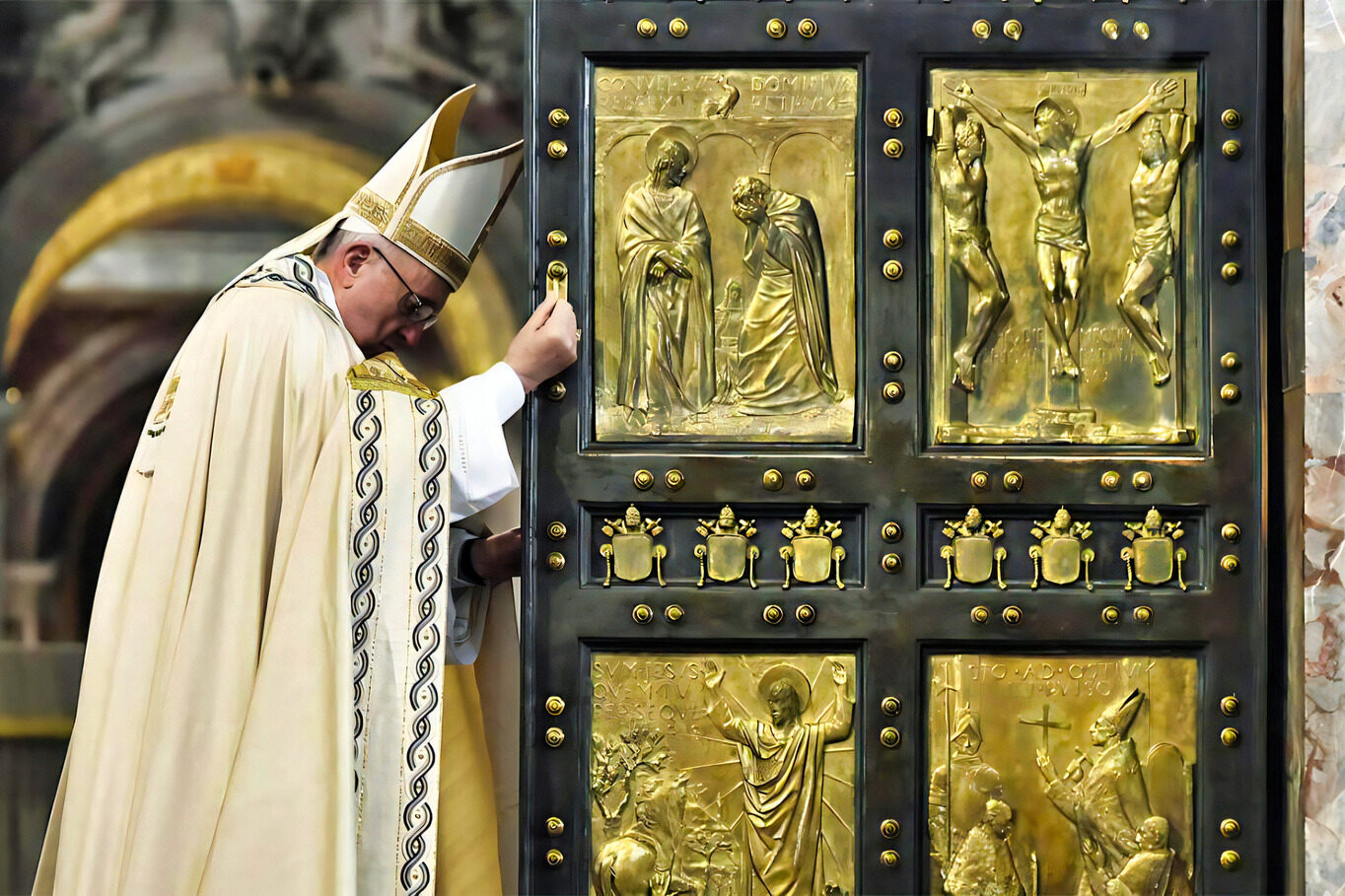To what degree does the big screen, rather than a novel, a work of art, an actor, or a monument identify Italy and Italians? And to what degree are we able to overcome, to change, our image after we have adjusted to an imprinting? Or rather, do we agree to leave everything in play and try to look at Italy and today’s Italians with different eyes, not to be satisfied with iconic images, the representations that movies and TV have given for decades, but actually try to update them?
In other words, the process we should employ is the same one Dino Risi used with his film: today, the Italy that the great director depicted no longer exists but at the time he was able to paint it for what it was, with irony, drama, and even cynicism. He made Italians aware of who they were in those years.
The film review that San Francisco has devoted to this sacred beast of the seventh Italian art can be read as an invitation to read reality beyond the surface, to go beyond appearances to grasp the actual substance.
But it is also true that if cinema has greatly contributed to forging the collective image, then if today we think of Italy and Italians in a certain way it is a result of the way they have been depicted, and it is up to us to take a step forward, that is, to be able to understand where fiction ends and reality begins, what we want to believe and what is the truth.
This argument is valid both within and outside of the national boundaries because if cinema abroad has helped build a beautiful and happy image of Italy’s Dolce Vita, at the same time it has stigmatized the mafiosity, even in its Italian-American transposition, with masterpieces like the Godfather which ended up associating the Italian word with absolute evil, as if it were part of the DNA of the Peninsula when, unfortunately, it has no geographical boundaries or genetic patrimony.
We need to take a look at Dino Risi, who was able to go deep and really bare the truth of things, banning hypocrisy and false myths.
These days, the 50th anniversary of the disappearance of Toto is being celebrated, the genius and absolute symbol of Neapolitanism and a slice of history, customs and Italian society. But to be clear, that’s only one part.
Without shifting from the cinematographic scope, in order to narrow the field of reflection, criticism in Italy is trying to set aside some conventions and pull out a bit of substance.
For example, it is said that Totò was an unequaled artistic genius, but the films he played (almost one hundred) were, and still are, in large part, quite terrible.
For Paolo Mereghetti, film critic of the Corriere della Sera and author of the Dictionary of Films (Baldini & Castoldi), “the same argument that can be made for Gary Cooper and Humphrey Bogart: not all films with Bogie are masterpieces but he was a great actor even in terrible movies.” Likewise, one can laugh or reflect upon the effective jokes and the scenic characterization of Totò but he was not King Midas, so everything he touched did not automatically become a great movie, even though no one, for this reason, will let you denigrate the gifts and talents of the “Prince of Laughter.”
However, Toto himself also acknowledged him: “He suffered so much that fact that he would not offer high quality movies, but when he did, he was very good because for example with Pasolini, who he was even able to make good, he was no longer just a mask, but a great actor.” Roberto Escobar, critic of Sole 24Ore and author of a monograph on Antonio De Curtis (Totò – Il Mulino), summarizes this very well in his interview with FQMagazine, adding that “the films he played are ugly, because Totò is more than his films.” In saying that, paradoxically, the so-called beautiful films according to their critique are those which “betray Totò”, that is, they go beyond the character and make up everything there is more and more in Totò. As for Vittorio Gassman: if he had not met Risi and with him he had not begun to laugh (bitterly), he would probably not have become so great.
Returning to the beginning of the discourse however, these 97 films of Totò’s, which mostly received bad critique, have other merit: they have created a character who has been cemented in the collective memory, they have built that continuum of images and emotions that today also belong to those who never even lived in that time period, as well as to the kids who have never seen the films. Toto has contributed greatly to constructing the collective image, but this iconic representation of his time did not describe all of Italy, nor was it a real snapshot of Naples. Above all, it is certainly not the Naples or the Italy that exist today.
Quanto il grande schermo piuttosto che un romanzo, un’opera d’arte, un attore, un monumento identificano l’Italia e gli italiani? E quanto siamo capaci di superare, di modificare, il nostro immaginario dopo che abbiamo assimilato un imprinting? O meglio, accettiamo di rimettere tutto in gioco e proviamo a guardare l’Italia e gli italiani di oggi con occhi diversi, non accontentandoci più delle immagini iconiche, delle rappresentazioni che cinema e tv ne hanno dato per decenni ma provando ad aggiornarle?
Usando altre parole, l’operazione che dovremmo fare è quella che Dino Risi fece con il suo cinema: oggi l’Italia che il grande regista ha raccontato non esiste più ma allora fu in grado di dipingerla per com’era, con ironia, drammaticità e anche cinismo. Fece prendere coscienza agli italiani di chi fossero in quegli anni.
La rassegna cinematografica che San Francisco ha dedicato a questo mostro sacro della settima arte italiana, può essere letta come un invito a saper leggere la realtà al di là della superficie, ad andare oltre le apparenze per cogliere la sostanza.
Ma è anche vero che se il cinema ha contribuito moltissimo a forgiare l’immaginario collettivo, per cui se oggi pensiamo l’Italia e gli italiani in un certo modo è per come ce li hanno raccontati, tocca a noi riuscire a fare un passo in avanti e cioè riuscire a capire dove finisce la fiction e inizia la realtà, a cosa vogliamo credere e quale è la verità.
Il discorso vale dentro e fuori i confini nazionali perchè se all’estero il cinema ha aiutato a costruire un’immagine bella e felice da Dolce Vita dell’Italia, al contempo ne ha stigmatizzato la mafiosità, anche nella sua trasposizione italo-americana, con capolavori come il Padrino che hanno finito per associare alla parola italiano il male assoluto, come se questo facesse parte del dna della Penisola quando, purtroppo, esso non ha confini geografici nè patrimoni genetici.
Serve avere uno sguardo alla Dino Risi, cioè capace di andare in profondità e mettere veramente a nudo le cose, bandendo le ipocrisie, i falsi miti.
In questi giorni si stanno celebrando i 50 anni dalla scomparsa di Totò, genio e simbolo assoluto della napoletanità e di una fetta della storia, del costume, della società italiana. Ma sia chiaro, di una parte soltanto.
Senza spostarsi dall’ambito cinematografico, per restringere il campo di riflessione, in Italia la critica sta cercando di mettere da parte un po’ di convenzioni e di tirare fuori un po’ di sostanza.
Ad esempio si sta dicendo che sì Totò fu un genio artistico senza pari, ma i film che ha interpretato (quasi cento) in gran parte erano e rimangono brutti.
Per Paolo Mereghetti, critico cinematografico del Corriere della sera e autore del Dizionario dei film (Baldini&Castoldi) “è lo stesso discorso che si può fare per Gary Cooper e Humphrey Bogart: non tutti i film con Bogie sono capolavori, ma lui era un grande attore anche nei film brutti”. Allo stesso modo si può ridere o riflettere tra le battute efficaci e la caratterizzazione scenica di Totò ma non era re Mida, cioè quello che toccava non diventava automaticamente un bel film, anche se nessuno, per questo, si permette di denigrare le doti e i talenti del “Principe della risata”.
Peraltro fu lo stesso Totò a riconoscerlo: “Lui ha sofferto tantissimo il fatto che non gli offrissero film di alta qualità, ma quando li ha fatti è stato molto bravo perché ad esempio con Pasolini, che lo ha persino fatto diventare buono, non era più e solo una maschera, ma un grande attore”. Roberto Escobar, critico del Sole 24Ore e autore di una monografia su Antonio De Curtis (Totò – Il Mulino) lo sintetizza benissimo nell’intervista a FQMagazine, aggiungendo che “i film che ha interpretato sono brutti, perché Totò è più dei suoi film”. Come dire che, paradossalmente, i cosiddetti film belli per la critica sono quelli che “tradiscono Totò”, cioè vanno oltre il caratterista e fanno emergere tutto quello che c’era di più e in più in Totò. Come per Vittorio Gassman: se non avesse incontrato Risi e con lui non avesse cominciato a far ridere (amaramente), non sarebbe probabilmente diventato così grande.
Tornando all’inizio del discorso però, il merito di questi 97 film di Totò in gran parte brutti per la critica, è un altro: hanno creato un personaggio che si è consolidato nella memoria collettiva, hanno costruito quel continuum di immagini e emozioni che oggi appartengono anche a chi non ha vissuto la sua epoca, anche ai ragazzini che i suoi film non li hanno nemmeno mai visti. Totò ha cioè contribuito moltissimo a costruire l’immaginario collettivo ma questa rappresentazione iconica già ai suoi tempi non era tutta l’Italia nè la fotografia reale di Napoli. Soprattutto non è certamente la Napoli e l’Italia di oggi.






























